In the labyrinth of art history, few topics ignite as much debate, fascination, and sometimes even frustration as abstract art. Abstract art—often colloquially referred to as ‘modern art’—is one of the most complex and multi-dimensional forms of artistic expression. It shirks away from the conventional forms of art that aim to represent the world realistically, opening itself up to a realm of infinite possibilities.
For many, abstract art is a misunderstood medium, often dismissed as a jumble of shapes and colors that “doesn’t look like real life.” However, abstract art is a revolutionary form of modernism that has roots deeply embedded in the philosophical and cultural movements of its time. Its narrative is woven from rejection, innovation, and a profound exploration of elemental structures. Read on as we explore this significant art movement.
Table of Contents
- What Is Modernist Abstract Art?
- Modernist Principles And Art
- Key Elements Of Abstract Art
- A Brief History Of Modernist Abstract Art
- Emotional Resonance And Abstract Art
- The Viewer’s Role And Modernist Abstract Art
- Frequently Asked Questions
- Related Questions
What Is Modernist Abstract Art?
Abstract art, also interchangeably known as modern art, is an artistic style that has fascinated, perplexed, and sometimes even frustrated audiences for more than a century. Unlike representational art, which aims to depict reality in recognizable forms, abstract art forsakes the familiar in favor of presenting a visual language of shape, color, and form that is independent of the conventional visual references of the natural world.
Abstract Or Modern Art’s roots can be traced back to the 19th century, but it flourished throughout the 20th century, helping to redefine what art could be.
Modernist Principles And Art
Modernist art emerged as a rebellion against traditional approaches to art-making, including academic painting and classical sculpture. It aligns with several fundamental principles:
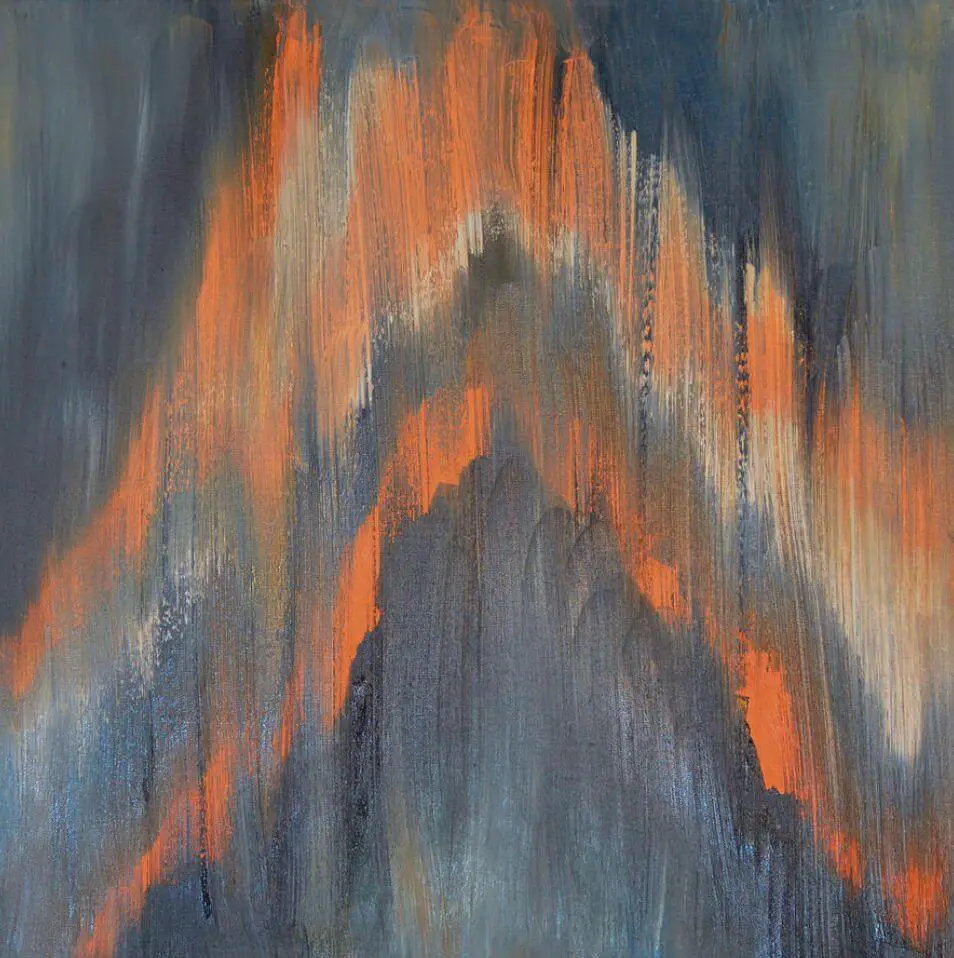
that draws inspiration from Cultural Heritage and Symbolism.
Rejection Of History And Conservative Values
Modernist artists were determined to break free from the shackles of art history and the conservative values that dominated the art world. The modernist era questioned the role and necessity of institutions, from the government and church to the very art academies that trained most artists.
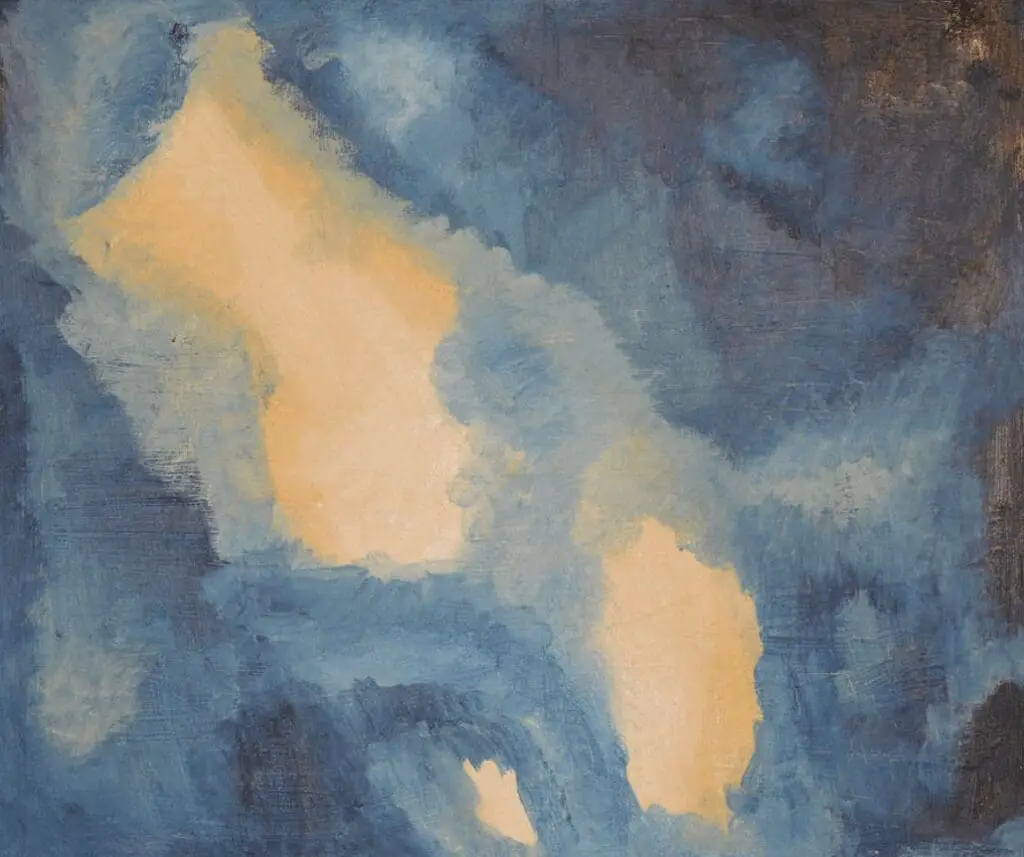
my inspiration is derived from the captivating wonders of nature.
Innovation And Experimentation With Form
The second hallmark of modernist art is an intense focus on innovation and experimentation. Whether through cubism’s shattered perspectives or surrealism’s dreamscapes, modernist artists pushed the boundaries of what art could depict and how it could be made.
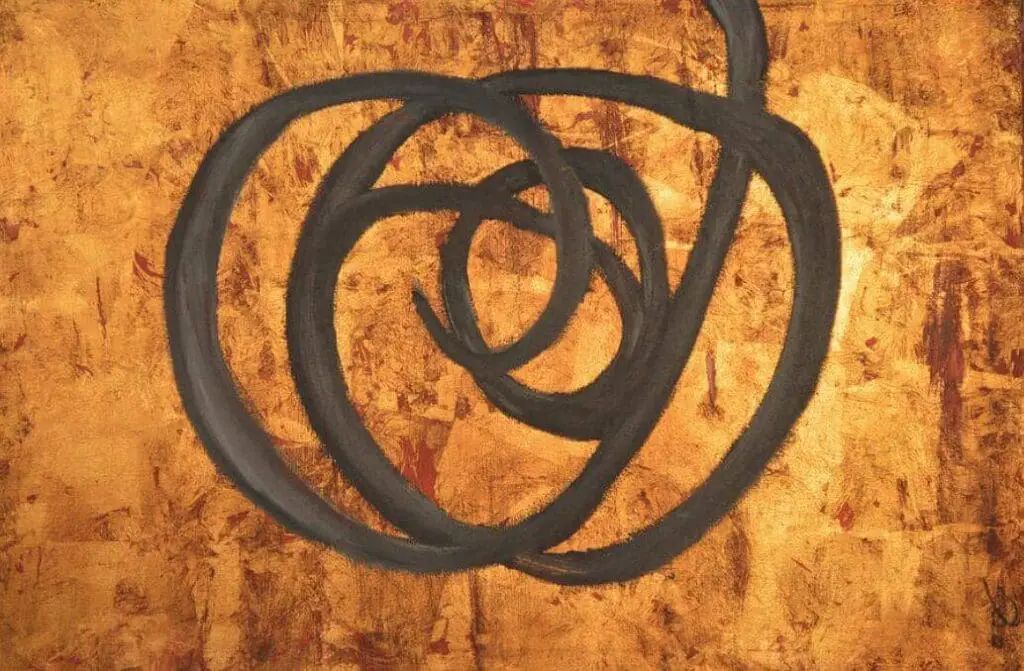
works of art that draw inspiration from nature.
Techniques, materials, and even the concept of what constituted art were all fair game.
Key Elements Of Abstract Art
With Abstract and Modern art, there are also some key elements. Here are some of the primary key elements.
Color
Color is more than just eye candy in abstract art; it’s one of the primary vehicles for conveying emotion, setting mood, or even creating rhythm and melody. Think of Mark Rothko’s large, color-filled canvases that pulsate with emotion.
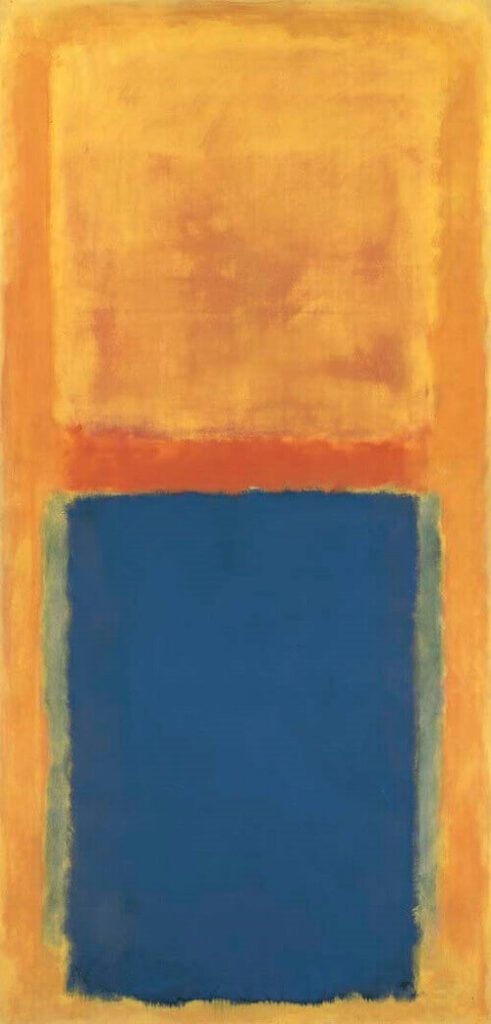
Shape
Shapes, often geometric, offer a simplified and stylized rendition of forms. The works of Kazimir Malevich, such as his iconic “Black Square,” exemplify the powerful effect that simple geometric shapes can have.
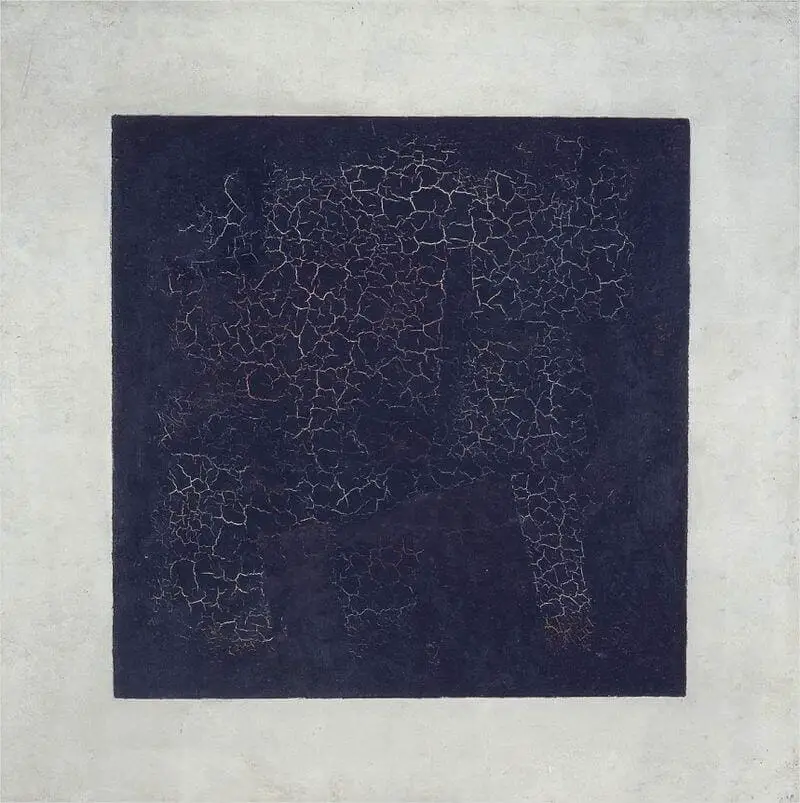
Form
Beyond simple shapes, abstract art also explores form, often in three dimensions. Sculptors like Henry Moore and Barbara Hepworth forsake realism to create forms that, while not recognizable, resonate on a primal level with the viewer.
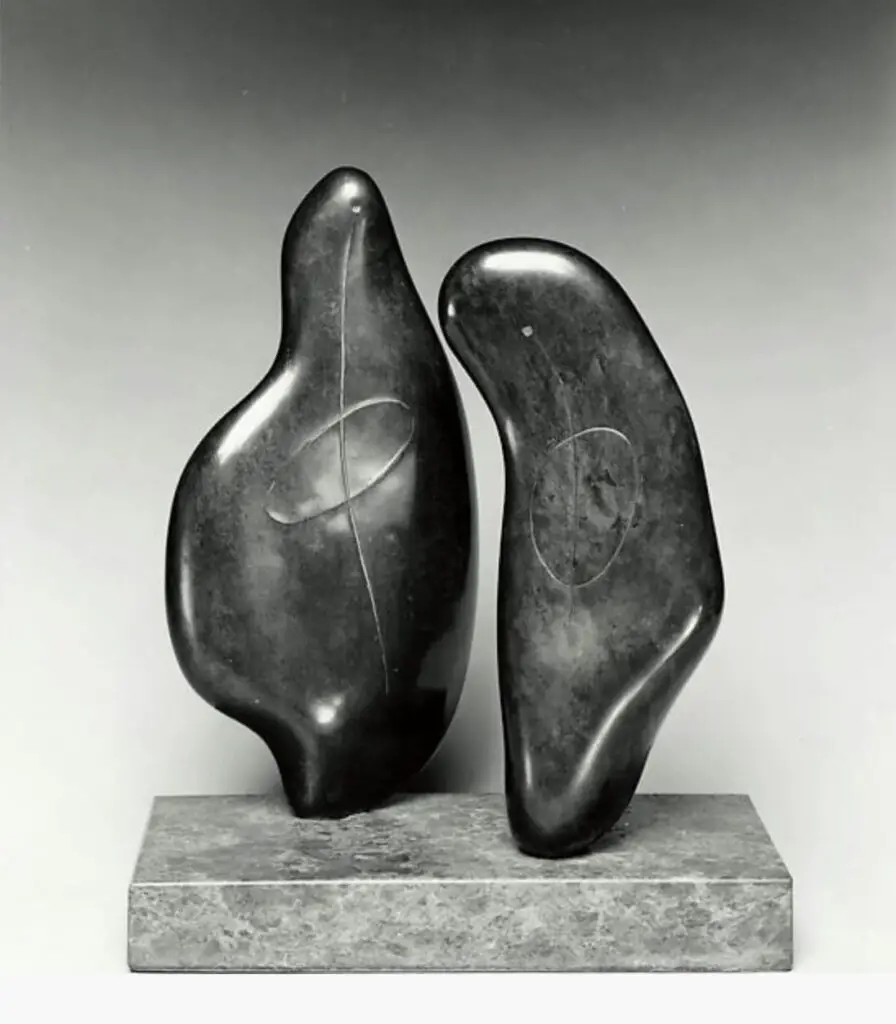
Texture
Texture can add complexity and richness to an abstract work, inviting viewers to look visually and ‘feel.’ Whether it’s the impasto of a Van Gogh painting or the smooth, reflective surface of a Jeff Koons sculpture, texture can become a narrative device.
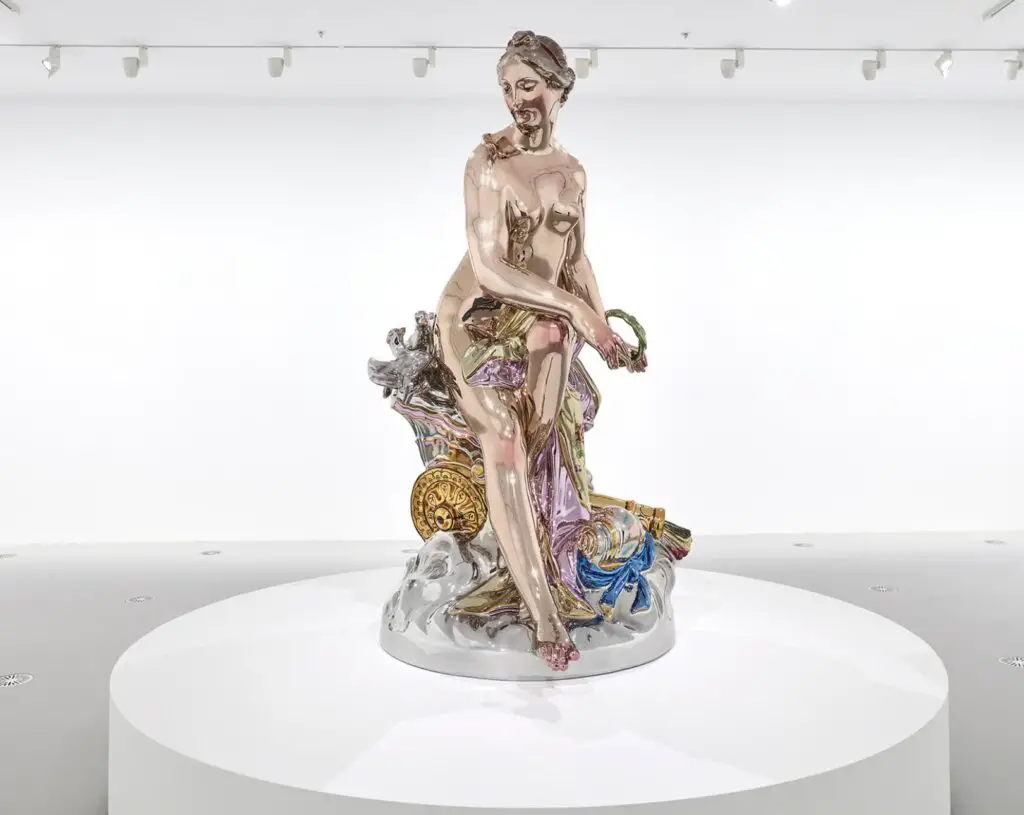
Line
Lines can be used for various purposes: to define space, create form, or even to direct the viewer’s eye. Artists like Jackson Pollock created intricate webs of lines through his signature drip technique, turning the line into a chaotic and expressive element.
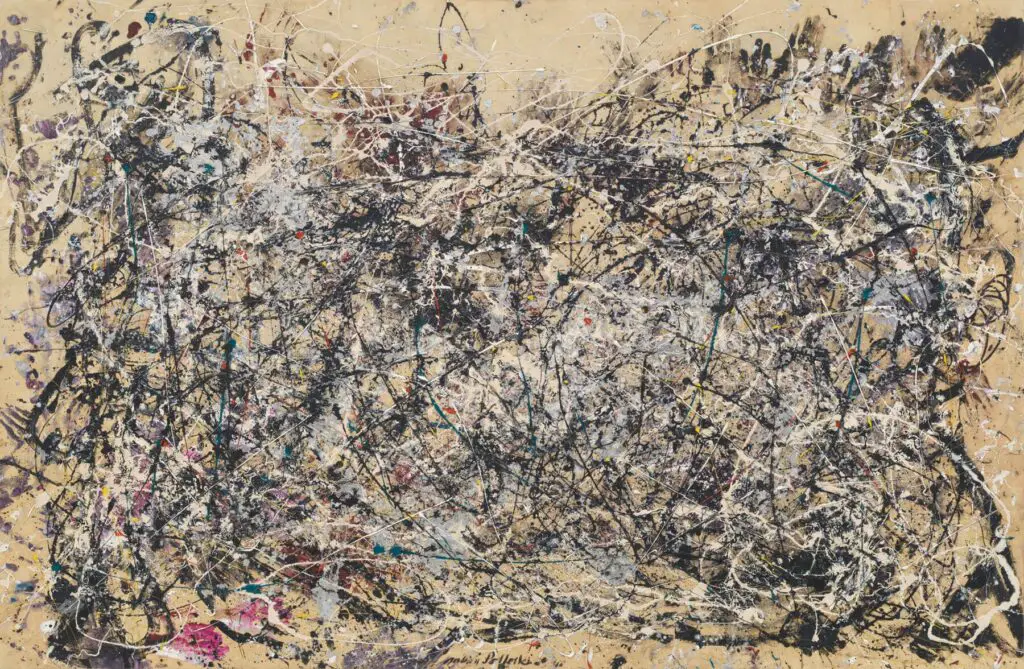
Value
Value refers to the lightness or darkness of colors, and it plays a crucial role in creating depth, volume, and spatial illusion. Even without realistic representation, the play of light and dark values can evoke a sense of three-dimensionality.
A Brief History Of Modernist Abstract Art
Though the origins of abstract art can be traced back to earlier cultures and civilizations, the most commonly accepted “birth date” for modern abstract art is 1863. This was the year Édouard Manet exhibited his painting “Le déjeuner sur l’herbe” or The Luncheon on the Grass in the Salon des Refusés in Paris.

Manet’s work defied the conventions of academic art, both in technique and subject matter, laying the foundation for generations of modernists to experiment with form, color, and content.
Although this painting is not abstract, it broke many of the conventions of traditional art and paved the way for the modernist movements that followed.
Emotional Resonance And Abstract Art
One of the most intriguing aspects of abstract art is its ability to convey the artist’s emotions and inner psychology. Since it’s free from the necessity of depicting the real world, artists can focus purely on emotional expression.
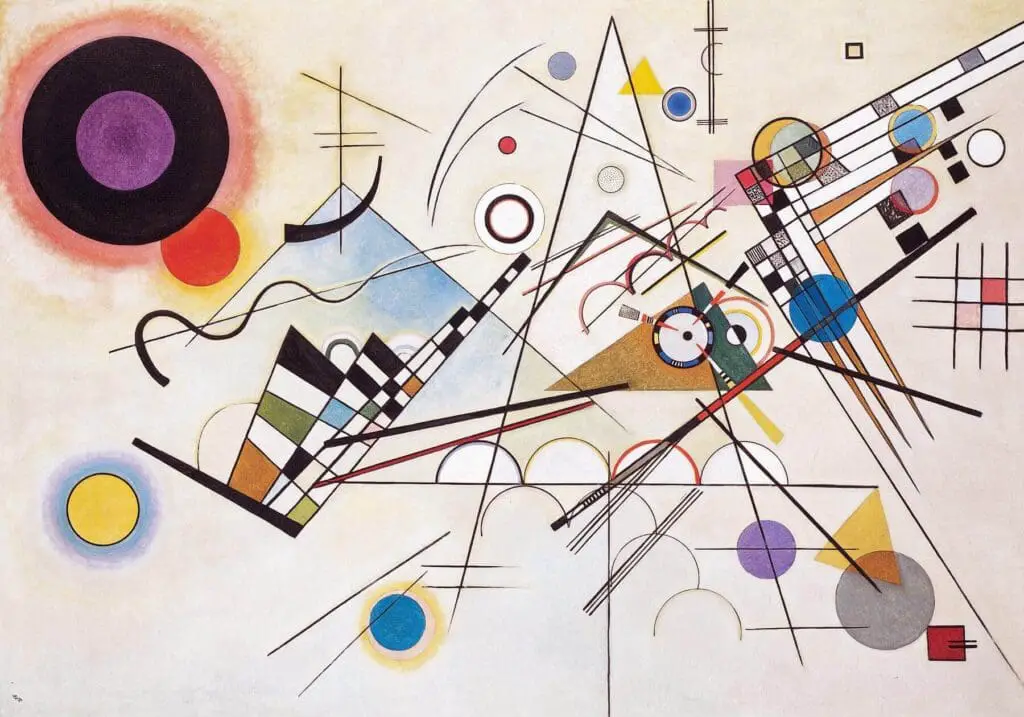
For example, Wassily Kandinsky, often cited as one of the first purely abstract artists, spoke of painting as a spiritual experience. His works, filled with swirling colors and shapes, were his way of exploring his inner feelings rather than recreating the external world.
The Viewer’s Role And Modernist Abstract Art
A crucial aspect that sets abstract art apart from other art forms is the viewer’s role. Since abstract works do not represent recognizable objects or scenes, viewers are encouraged—perhaps even forced—to delve into their interpretations and emotional responses. Each viewer’s interaction with the artwork is unique, making the experience of abstract art highly individualistic and subjective.
Modernist abstract art challenges both the traditional methods of art creation and the established expectations of what art should represent. They are armed with the essential elements of color, shape, form, texture, line, and value.
Anita Louise Art is dedicated to art education, great artists, and inspiring others to find and create their art. We love art that uplifts and inspires. #ArtToMakeYouSmile! #ArtToMakeYouHappy!
If you want to see any of my art, you can find out more by clicking here. If you are interested in what inspires me and my paintings, you can discover more by clicking here.
We have a free newsletter and would love you to be part of our community; you can subscribe to the newsletter by clicking here. I would be happy to talk to you if you have any questions. You can reach me, Anita, by clicking here.
Subscribe to our Anita Louise Art YouTube Channel with great videos and information by clicking here.
Join us for our podcast “5 Minutes With Art.” Spend 5 minutes a week with us to discover and learn about great art and artists. You can find out more about our podcast by clicking here.
Frequently Asked Questions
What is Modernist Abstract Art?
Modernist abstract art is a form of artistic expression that emerged in the late 19th and early 20th centuries, characterized by a departure from representational art. Instead of depicting recognizable objects or scenes, artists sought to convey ideas, emotions, and concepts through non-representational forms, often using shapes, colors, and lines.
How did Modernist Abstract Art emerge?
Modernist abstract art emerged as a response to the changing cultural landscape of the late 19th and early 20th centuries. Influenced by industrialization, scientific advancements, and a desire to break free from traditional artistic norms, artists began experimenting with new ways of visual representation that went beyond realistic depictions.
Who were some key figures in the development of Modernist Abstract Art?
Prominent figures in the development of Modernist Abstract Art include Wassily Kandinsky, Kazimir Malevich, Piet Mondrian, and Jackson Pollock. These artists played pivotal roles in pushing the boundaries of traditional art and exploring the possibilities of abstraction.
What distinguishes Modernist Abstract Art from other art movements?
Modernist Abstract Art distinguishes itself by its rejection of realistic representation. Instead of mirroring the external world, artists in this movement focused on internal emotions, subjective experiences, and the essence of form. It often involves a simplification of shapes, exploration of color relationships, and an emphasis on the fundamental elements of art.
How does Modernist Abstract Art connect to broader cultural movements?
Modernist Abstract Art is deeply connected to broader cultural movements such as Cubism, Surrealism, and Constructivism. These movements share a desire to break with tradition, challenge established norms, and explore new ways of thinking and expressing ideas.
Is there a philosophical underpinning to Modernist Abstract Art?
Yes, Modernist Abstract Art is often underpinned by philosophical ideas, such as the exploration of spirituality, the subconscious, and the search for universal truths. Artists sought to communicate on a deeper level, transcending the surface of visual representation to evoke profound emotional responses.
How did technology influence the development of Modernist Abstract Art?
Advancements in technology, particularly in the realms of photography and industrialization, influenced the development of Modernist Abstract Art. Artists were inspired by the mechanization of society, leading to a fascination with geometric shapes, clean lines, and a departure from organic forms.
Why is Modernist Abstract Art sometimes misunderstood?
Modernist Abstract Art can be misunderstood due to its departure from traditional representation. Some viewers find it challenging to connect with abstract works, as they may not immediately recognize familiar subjects. However, understanding the historical context and the artist’s intent can enhance appreciation for this unique form of expression.
How did Modernist Abstract Art pave the way for future art movements?
Modernist Abstract Art served as a catalyst for subsequent art movements, influencing styles such as Minimalism, Op Art, and Abstract Expressionism. Its emphasis on individual expression, experimentation, and the exploration of form left an enduring impact on the trajectory of art in the 20th century and beyond.
Can Modernist Abstract Art be found in contemporary art?
Yes, the influence of Modernist Abstract Art can be observed in contemporary art. Many artists today draw inspiration from the movement, incorporating abstract elements into their works. The principles of experimentation, breaking from convention, and conveying meaning through form continue to resonate with artists exploring new frontiers in the ever-evolving art world.
Related Questions
Abstractionism In Art Defined: Unlocking Abstract Expression
Among one of the most influential art movements, abstractionism stands as a beacon, reshaping the trajectory of modern art. Abstract art, also known as abstractionism, captivates with its departure from conventional depictions of the visual world. Read on, we explore the essence of abstractionism, delving into its fundamental nature, diverse forms, and the underlying concepts that fuel its creative endeavors.
By clicking here, you can learn more by reading Abstractionism In Art Defined: Unlocking Abstract Expression.
15 Most Famous Abstract Art And Why They Are Famous
Abstract Expressionism is a term applied to the art developed by American painters in the 1940s and 50s. It is associated with the New York School art movement, which signified a change in the world’s art center from Paris, France, to New York City. Gestural brushstrokes characterize the abstract expressionism art movement, mark markings, and the overall impression of spontaneity in the artwork.
You can learn more by reading the blog 15 Most Famous Abstract Art And Why They Are Famous by clicking here.
Abstract Painting Ideas – A Wealth Of Inspiration Awaits
We understand how hard it can sometimes be to find inspiration for Abstract painting, so we will delve into ten suggestions to help artists discover new avenues of inspiration for their abstract artworks. Everything from nature and life experiences to other great artists’ works can help you find the subject matter to paint.
By clicking here, you can discover more by reading Abstract Painting Ideas – A Wealth Of Inspiration Awaits.

